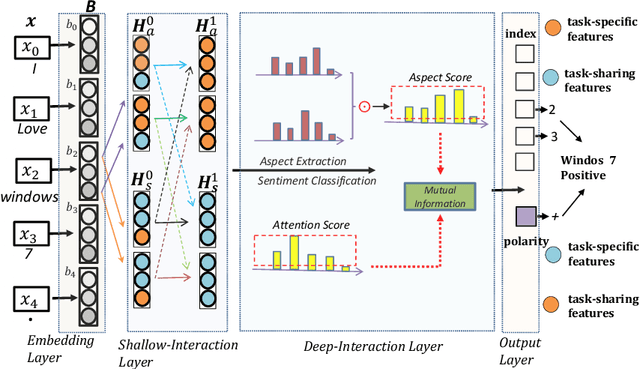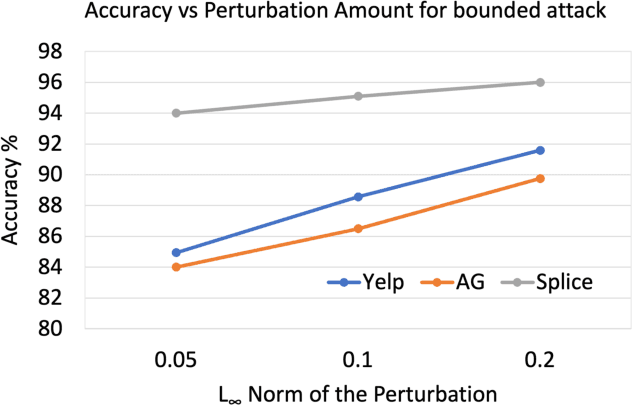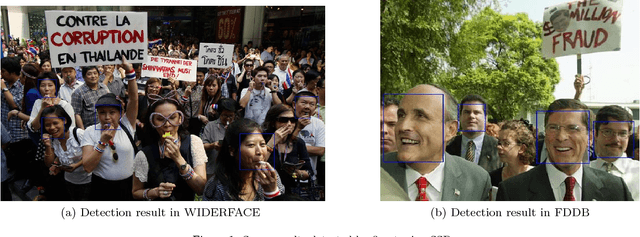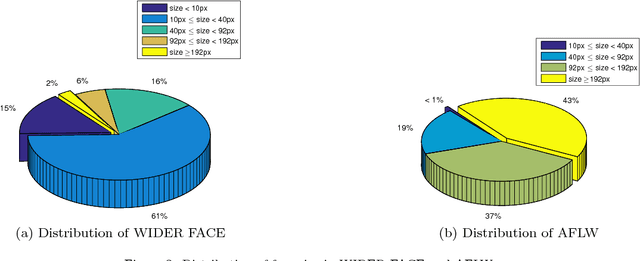Jinglong Du
A Hierarchical Interactive Network for Joint Span-based Aspect-Sentiment Analysis
Aug 24, 2022



Abstract:Recently, some span-based methods have achieved encouraging performances for joint aspect-sentiment analysis, which first extract aspects (aspect extraction) by detecting aspect boundaries and then classify the span-level sentiments (sentiment classification). However, most existing approaches either sequentially extract task-specific features, leading to insufficient feature interactions, or they encode aspect features and sentiment features in a parallel manner, implying that feature representation in each task is largely independent of each other except for input sharing. Both of them ignore the internal correlations between the aspect extraction and sentiment classification. To solve this problem, we novelly propose a hierarchical interactive network (HI-ASA) to model two-way interactions between two tasks appropriately, where the hierarchical interactions involve two steps: shallow-level interaction and deep-level interaction. First, we utilize cross-stitch mechanism to combine the different task-specific features selectively as the input to ensure proper two-way interactions. Second, the mutual information technique is applied to mutually constrain learning between two tasks in the output layer, thus the aspect input and the sentiment input are capable of encoding features of the other task via backpropagation. Extensive experiments on three real-world datasets demonstrate HI-ASA's superiority over baselines.
Cross-modal Adversarial Reprogramming
Feb 15, 2021



Abstract:With the abundance of large-scale deep learning models, it has become possible to repurpose pre-trained networks for new tasks. Recent works on adversarial reprogramming have shown that it is possible to repurpose neural networks for alternate tasks without modifying the network architecture or parameters. However these works only consider original and target tasks within the same data domain. In this work, we broaden the scope of adversarial reprogramming beyond the data modality of the original task. We analyze the feasibility of adversarially repurposing image classification neural networks for Natural Language Processing (NLP) and other sequence classification tasks. We design an efficient adversarial program that maps a sequence of discrete tokens into an image which can be classified to the desired class by an image classification model. We demonstrate that by using highly efficient adversarial programs, we can reprogram image classifiers to achieve competitive performance on a variety of text and sequence classification benchmarks without retraining the network.
FHEDN: A based on context modeling Feature Hierarchy Encoder-Decoder Network for face detection
Dec 11, 2017



Abstract:Because of affected by weather conditions, camera pose and range, etc. Objects are usually small, blur, occluded and diverse pose in the images gathered from outdoor surveillance cameras or access control system. It is challenging and important to detect faces precisely for face recognition system in the field of public security. In this paper, we design a based on context modeling structure named Feature Hierarchy Encoder-Decoder Network for face detection(FHEDN), which can detect small, blur and occluded face with hierarchy by hierarchy from the end to the beginning likes encoder-decoder in a single network. The proposed network is consist of multiple context modeling and prediction modules, which are in order to detect small, blur, occluded and diverse pose faces. In addition, we analyse the influence of distribution of training set, scale of default box and receipt field size to detection performance in implement stage. Demonstrated by experiments, Our network achieves promising performance on WIDER FACE and FDDB benchmarks.
 Add to Chrome
Add to Chrome Add to Firefox
Add to Firefox Add to Edge
Add to Edge